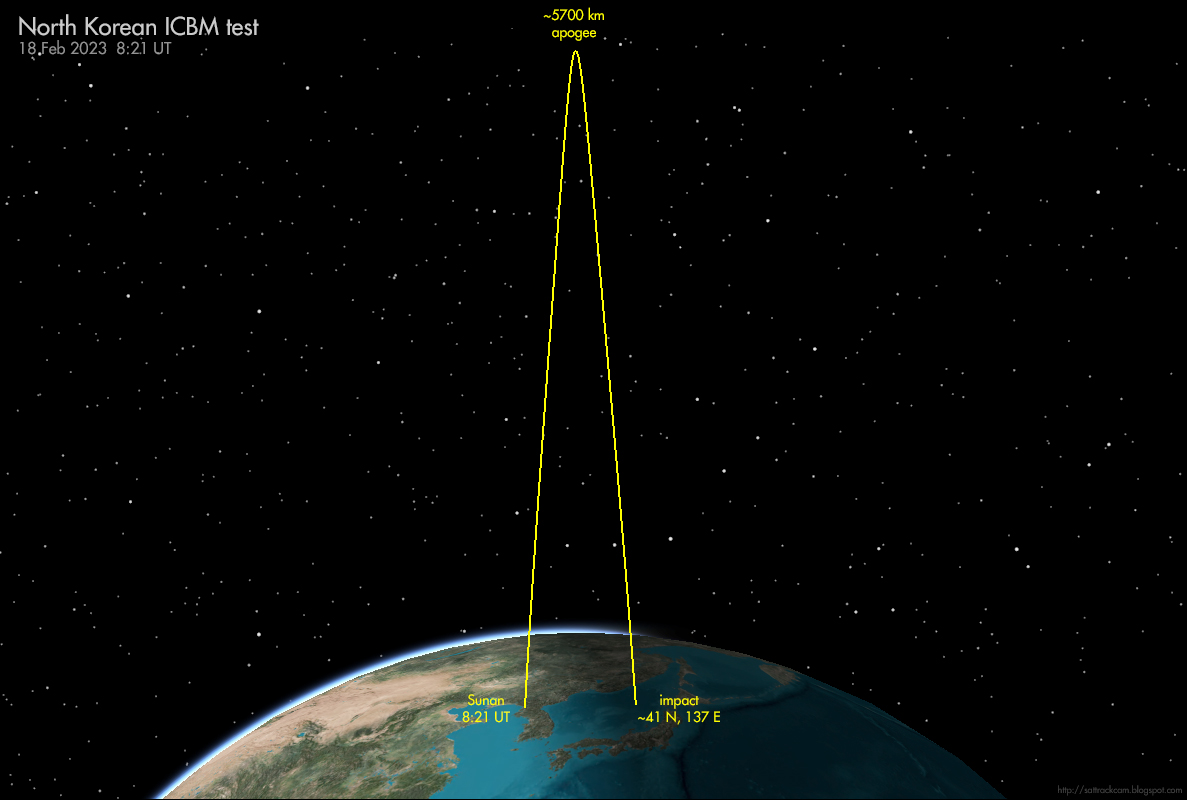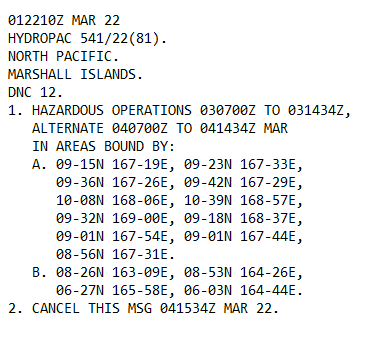1/7
Tonight at 1:25 UT (3:25 CEST), there will be another launch of 60 #Starlinksatellites by @SpaceX.
On the 1st revolution, sighting opportunities for this launch are (ignoring the weather) good for the US East Coast, northwest & southeast Europe, as well as the Middle East.

Tonight at 1:25 UT (3:25 CEST), there will be another launch of 60 #Starlinksatellites by @SpaceX.
On the 1st revolution, sighting opportunities for this launch are (ignoring the weather) good for the US East Coast, northwest & southeast Europe, as well as the Middle East.


2/7
Unfortunately parts of NW Europe (NL, B, UK) will probably be clouded out tonight...
Nevertheless, sky maps for a few places in Europe:



Unfortunately parts of NW Europe (NL, B, UK) will probably be clouded out tonight...
Nevertheless, sky maps for a few places in Europe:




4/7
The release of the satellites from the Falcon rocket is about 15 minutes after launch, before the pass over Europe. During the pass over Europe they will be a thight clump close to the Falcon 9 Upper Stage. While visible by the naked eye, use binoculars to separate objects.
The release of the satellites from the Falcon rocket is about 15 minutes after launch, before the pass over Europe. During the pass over Europe they will be a thight clump close to the Falcon 9 Upper Stage. While visible by the naked eye, use binoculars to separate objects.
5/7
While the 60 #Starlink satellites will not be a 'train' yet tonight, over the next 3 nights or so after tonight, we should see the "train" form, with good passes over Europe.
If only weather cooperates....
While the 60 #Starlink satellites will not be a 'train' yet tonight, over the next 3 nights or so after tonight, we should see the "train" form, with good passes over Europe.
If only weather cooperates....
6/7
In order to reduce visibility after (a.o.) astronomer complaints, SpaceX will put the satellites in a different orientation after a few days, which should make them fainter from that moment on. Also, one experimental satellite has a 'sunshade' that should reduce brightness.
In order to reduce visibility after (a.o.) astronomer complaints, SpaceX will put the satellites in a different orientation after a few days, which should make them fainter from that moment on. Also, one experimental satellite has a 'sunshade' that should reduce brightness.
7/7
For those who know how to work with TLE's for pass predictions: I have put an estimnated TLE for the first revolution here:
launchtower.langbroek.org
For those who know how to work with TLE's for pass predictions: I have put an estimnated TLE for the first revolution here:
launchtower.langbroek.org
• • •
Missing some Tweet in this thread? You can try to
force a refresh
















